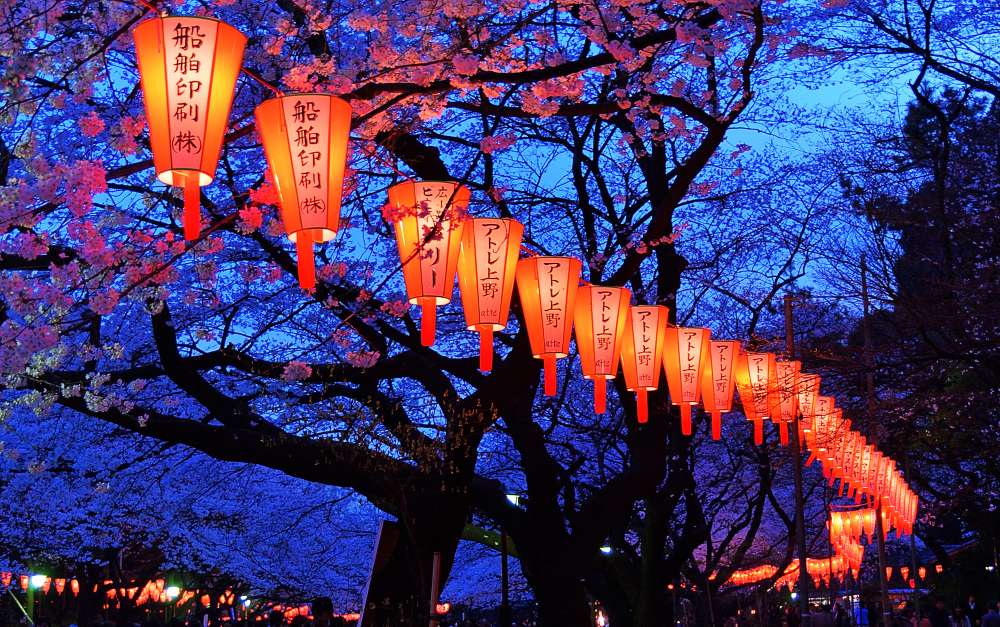The New Year is the most important holiday in Japan and carries a desire to enter a new era by removing all the adverse events of the past year through a purification rite (Osoji). This holiday is a good excuse for the Japanese to visit their loved ones and renew the sacred and ancient ►
The New Year is the most important holiday in Japan and carries a desire to enter a new era by removing all the adverse events of the past year through a purification rite (Osoji). This holiday is a good excuse for the Japanese to visit their loved ones and renew the sacred and ancient bonds of the family. This Japanese festival takes root in China, which at the time of the emperor, was an opportunity for his subjects to pay homage to him. This celebration was obligatory (under penalty of reprisals) and ended with a shared banquet. Nowadays, it is a family celebration where the different members treat themselves to hearty dishes, exchange their wishes for the new year, and decorate their homes in the image of the festival (including the Kodamastu, a decoration made of bamboo and pine). Spring being frowned upon in Japan (feared), the Japanese have erected a festival to protect themselves. It features a member of each Japanese family disguising himself as a demon. The other family members will follow him by repeating the following sentence: Oni wa soto! Fuku wa uchi! Which means Out with the demons! Inside happiness!. Also, handfuls of roasted beans will be thrown. The Japanese consider that this tradition scares away demons and attracts good fortune to families. In addition, Japanese like to meet with the family in the shade of flowering trees to share tea or sake at the end of this rite. Lantern Festival takes place in the city of Tokyo, more precisely in the famous Yasukuni Shrine, and takes place in summer, for four days, from July 13 to 16. This festival celebrates the dead fallen during the battles fought by Japan since 1853 and consists of a real celebration of lanterns deposited within the sanctuary where souls rest. Every year, this celebration attracts thousands of Japanese and foreign visitors. As this figure increases yearly, it is advisable to participate in going to the sanctuary in the early afternoon, to ensure a place of choice when the lanterns light up in the early evening. On Doll’s festival, the parents of little girls make their child grows up happy and healthy. This festival is relatively old because it dates from the Heian period (794). Initially, the nobles donated his collectible dolls representing the Kyoto court. Nowadays, this festival is less and less famous but retains its charm and authenticity. On this occasion, in Japanese families, tiny girls place dolls on a platform, which they decorate with sinful flowers and offerings. Families and friends are received at home to enjoy traditional pastries (such as hishimochi, a parallelepiped with three colors: white, pink and green). Sometimes the dolls are replaced by origami figurines. To see the traditional dolls as they were offered at the time, it is possible to go to the Kobayashi Museum, near the Skytree, where they are exhibited. ◄
